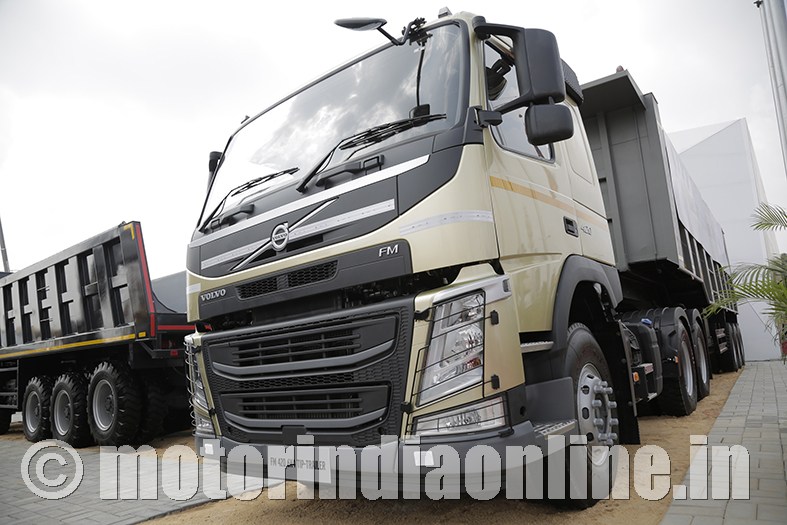Better operating leverage, lower commodity prices to support operating margin
Domestic commercial vehicle (CV) sales volume is set to rise 9-11% next fiscal, the third straight year of growth, driven by medium and heavy commercial vehicles (MHCVs) and expected economic growth of ~6%. Increased allocation to infrastructure spending in the Union Budget for next fiscal will also support demand.

This follows strong volume growth of 31% and ~27% in fiscals 2022 and 2023, respectively, as demand bounced back on increased activity in the roads, mining, real estate and construction sectors, as well as focus on last-mile connectivity.
Besides higher volume, increase of 2-5% in realisations as original equipment manufacturers (OEMs) comply with BS VI-Stage II1 norms, and benefit of lower commodity prices, especially steel, will help improve operating profitability to a four-year high of 7-7.5% next fiscal from an estimated 5-6% this fiscal (~3.9% last fiscal).
1 The government has notified that the BS-VI Stage II norms will be implemented across India from April 1, 2023. With this, vehicles will need to meet the actual driving emission norms and will not be limited to tests in laboratories. To facilitate this, vehicles will need to have OBD2 (on-board diagnostics) as standard.
A CRISIL Ratings study of four CV makers, accounting for over 70% of the sector’s capacity, indicates as much.
For the record, light commercial vehicles (LCVs) accounted for nearly two-thirds of the sector’s volume, while MHCVs account for the balance. Buses are included in both LCVs and MHCVs.
Says Anuj Sethi, Senior Director, CRISIL Ratings, “With strong demand prospects, we expect LCV sale volumes to grow 8-10% next fiscal, and cross pre-pandemic (fiscal 2019) sale volumes. MHCV sale volumes will continue to grow faster than LCVs at 13-15% next fiscal, but are expected to exceed pre-pandemic sale volumes in fiscal 2025.”
LCV and MHCVs are expected to register volume growth of ~27% and ~40% respectively in fiscal 2023, albeit on lower base of fiscal 2022. While the strong infrastructure impetus in the country will continue to drive MHCV sales, LCV sales will be spurred by increased focus on last-mile connectivity and stricter restrictions on movement of MHCVs within city limits to curb traffic congestion. Demand for buses will continue to see good traction from educational institutions. Implementation of the mandatory scrappage policy from April 2023 onwards for government-owned vehicles older than 15 years will also aid CV volume growth.
Says Anil More, Associate Director, CRISIL Ratings, “Strong balance sheets and healthy liquidity helped offset profitability pressures ensuring ‘Stable’ credit profile of CV manufacturers in the recent past. The expected improvement in operating profitability this and next fiscal, and only modest capital spending needs (given utilization rate at ~70%) will ensure improvement in the key debt metrics, and keep credit profiles stable; these debt metrics were impacted during the pandemic years.”
For the sample set, we expect interest coverage to improve to 2.5-3.0 times this fiscal and the next, from ~1.6 times last fiscal. Also, the ratio of net debt to earnings before interest, tax, depreciation and amortisation is expected to improve to ~2.5 times by next fiscal, from ~5 times in fiscal 2022.
That said, the fortunes of CV volumes are linked to the overall economic and industrial growth, and hence, the pace of economic recovery will bear watching. Besides, interest rate movements and inflation-related pressures could potentially dampen the growth momentum, and will remain monitorables.